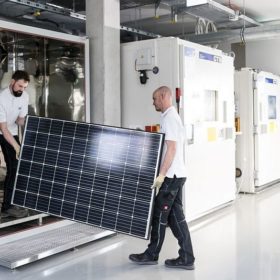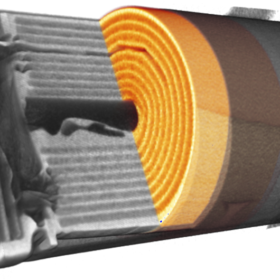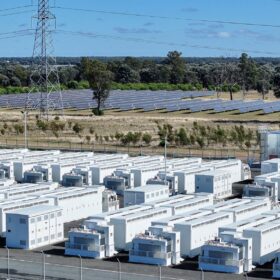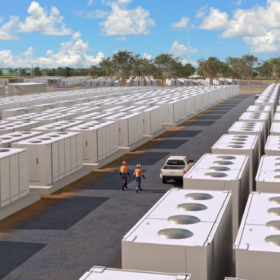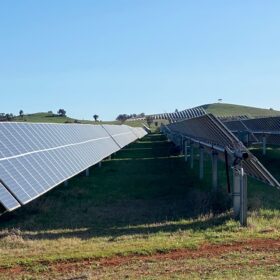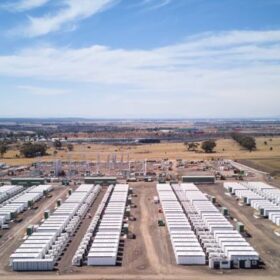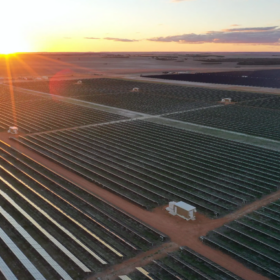Australian scientists develop new transparent electrode material
Scientists in Australia have developed a new transparent conductive oxide which could be used in solar cells, smart windows and other applications. The material is indium free and recyclable, according to the researchers.
Another billion-dollar quarter for JinkoSolar
Despite the challenges to both the manufacturing and shipment of its products during the period, JinkoSolar today reported that it shipped 3.4 GW of modules in the first quarter of 2020, bringing its revenue for the quarter just over the billion dollar mark.
Carbon accounting for beginners
A new report from Rocky Mountain Institute in the U.S. explores the need for companies to disclose information about greenhouse gas emissions throughout their supply chains, and the most effective ways to do this whilst ensuring consistency and comparability of collected data across multiple industries.
New insights into lithium-ion battery structure
Scientists at Moscow’s Skoltech Center for Energy Science and Technology have developed a method of visualizing the formation of layers on battery electrodes during their initial operation. The observations reveal various mechanisms that could be optimized to improve battery performance and operational lifetime.
Preventing PID at 1500 volts
Scientists in Germany have developed a “heavy duty” test to provide insight into the long term effects of potential induced degradation in PV modules. The tests go well beyond those established by IEC standards and seek to guide manufacturers and investors on the best choice of materials – encapsulants in particular – when it comes to long term PID resistance.
Is green hydrogen necessary to balance a renewables grid?
A report by Norwegian energy consultant DNV GL has considered the opportunity for long-term energy storage to play a role in balancing annual supply and demand fluctuations in a renewables-led grid. Using 58 years of Dutch weather and energy consumption data, the study found long-term solutions such as green hydrogen could make a valuable contribution – but perhaps not as much as some analysts believe.
How to make rooftop PV resilient in hurricane regions
A report published by the Rocky Mountain Institute makes recommendations for rooftop PV in regions affected by high winds. The study draws on the knowledge of structural engineers asked to analyze 25 solar systems across five Caribbean islands after they were hit by major hurricanes in 2017 and last year.
UQ: A quantum dot solar cell with 16.6% efficiency
Scientists at Australia’s University of Queensland have set a new world record for a quantum dot solar cell. The group fabricated a 0.1cm² device from perovskite and measured power conversion efficiency at 16.6%. The record has been verified by the United States National Renewable Energy Laboratory.
The inner workings of a lithium battery
An international group of scientists has developed a comprehensive method to track the microscopic processes at work in lithium batteries. Employing a ‘virtual unrolling’ model developed for ancient manuscripts too sensitive to be opened, the group peeked inside the layers of a commercial battery to gain a better understanding of the processes at work and the degradation mechanisms affecting them. Their findings, the group says, could provide a benchmark for battery characterization.
For a bigger battery, just add manganese
Scientists at the University of Southern Denmark working with sodium-ion batteries found that a new electrode material incorporating iron, manganese and phosphorous could increase both the power and capacity of the batteries.





